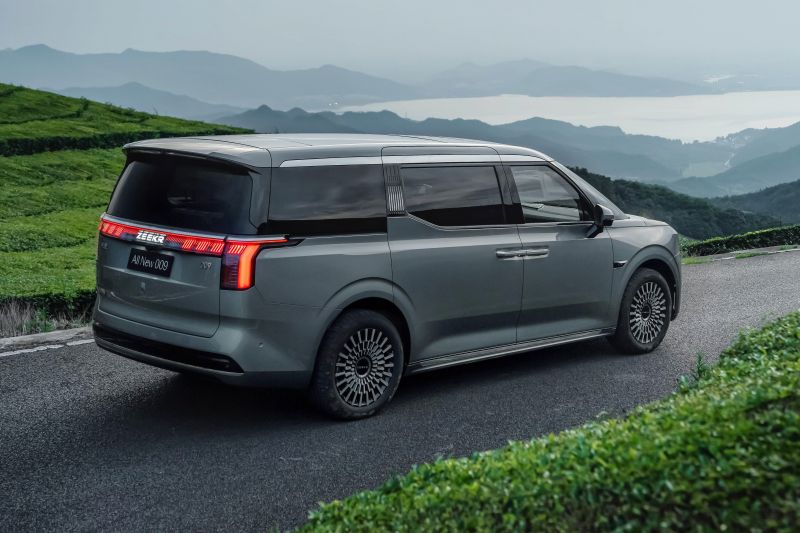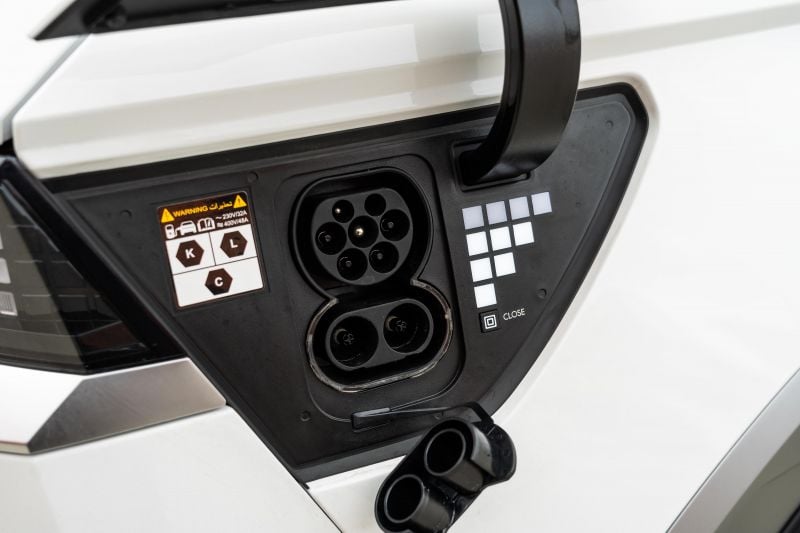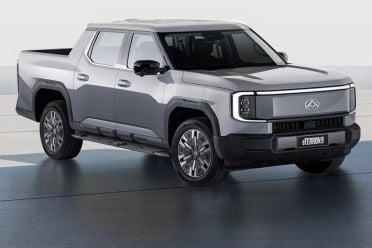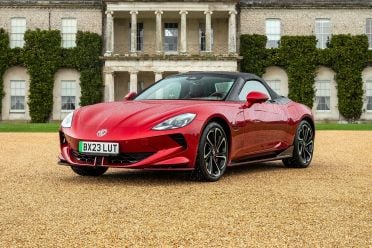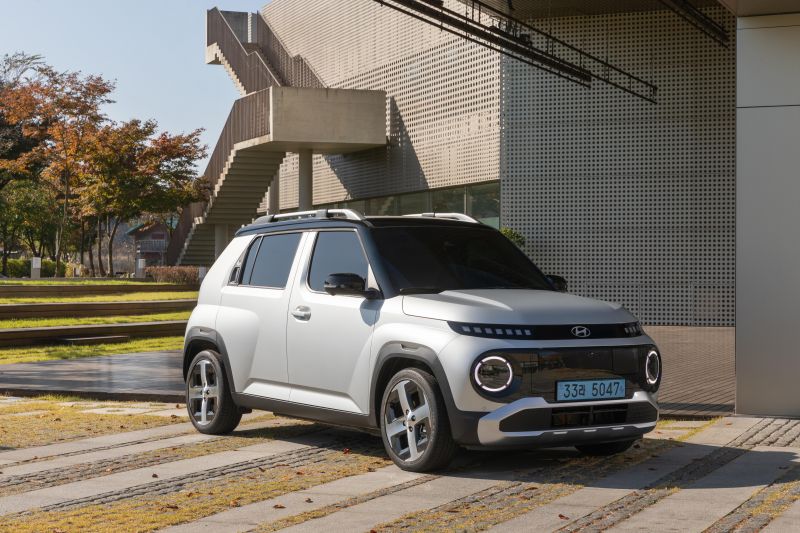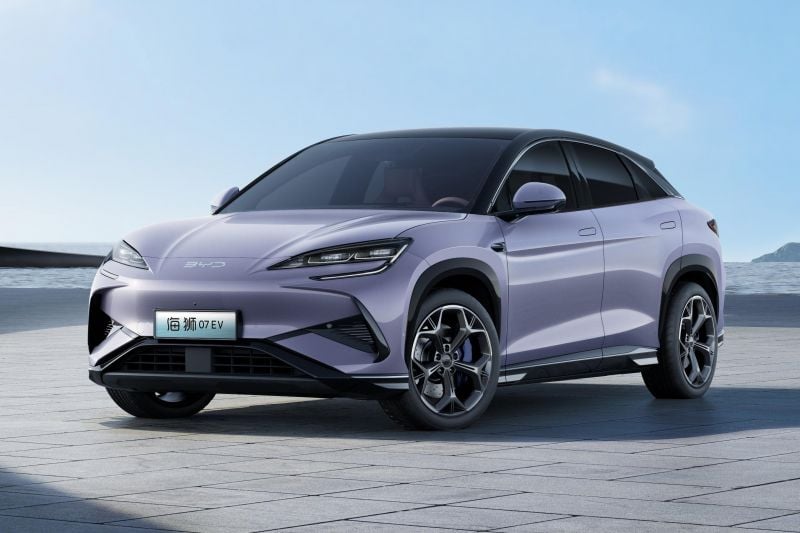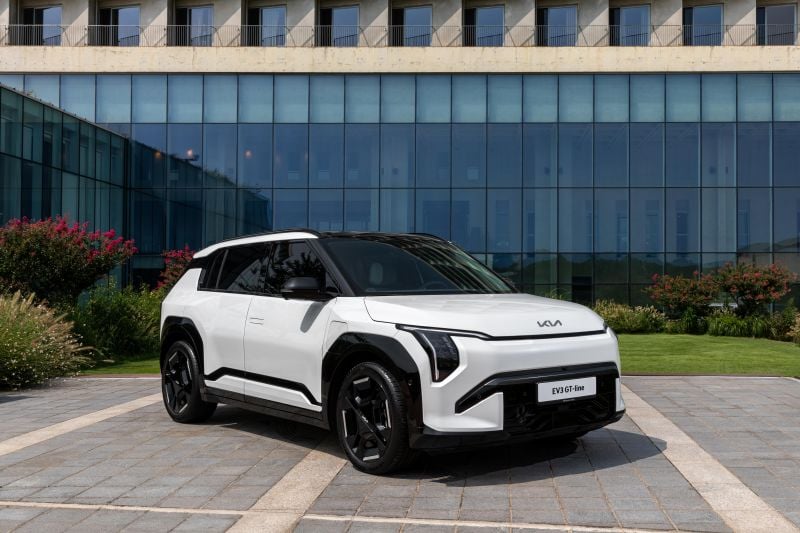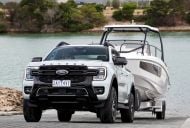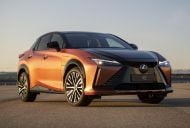Electric vehicles (EVs) are slowly but surely becoming more of a norm in Australia, where more new models are being released seemingly every week.
That said, EV sales growth has slowed in 2024, both last month and so far this year, following the arrival of key new models from Tesla, BYD and MG last year, when many early-adopters bought their shiny new battery-electric car, SUV or LCV.
But many carmakers are now pledging to make them even more mainstream. Next year alone, well over 20 new or updated EVs are due to arrive in Australia, excluding those that haven’t been revealed yet.
100s of new car deals are available through CarExpert right now. Get the experts on your side and score a great deal. Browse now.
Some examples are as follows:
- Alfa Romeo Junior
- Audi Q6 e-tron
- BYD Sealion 7
- Cadillac Lyriq
- Cupra Born VZ
- Deepal S07
- Updated Genesis Electrified G80
- Hyundai Inster
- KGM SsangYong Torres EVX
- Updated Kia EV6
- LDV eTerron 9
- Leapmotor C10
- Mercedes-Benz G580 with EQ Technology
- Nissan Ariya
- Skoda Elroq
- Smart #5
- Volvo EX90
- Zeekr 009
There are plenty more EVs launching next year that aren’t included in this list. To get a fuller picture check out our EV calendar, which is frequently updated.
In the meantime, however, here is what the CarExpert editorial team is looking forward to driving most next year.
Marton Pettendy: TBC
The EV I’m looking forward to driving has 1000km of range, costs and weighs no more than an equivalent ICE model, and has a battery that can be recharged to 100 per cent in two minutes, via fast-chargers that are never broken, have no queues and are as conveniently located as service stations.
Unfortunately none of that looks like happening in 2025, so I’ll wait.
William Stopford: LDV eTerron 9, MG Cyberster
There’s a huge list of EVs coming up, but the two I’m most looking forward to driving are both Chinese and come from the same parent company… and yet couldn’t be any more different.
While electric pickups are becoming more and more common in the US with the likes of the flashy Tesla Cybertruck and GMC Hummer EV, Australia has been stuck with just the LDV eT60. It’s a pretty rudimentary conversion of a diesel ute to electric power and is massively overpriced and terminally unpopular.
The LDV eTerron 9, therefore, is a sure bet for any “most improved” award in 2025. There doesn’t appear to be a single bit of the hapless eT60 in it, with handsome, square-rigged styling inside and out and new powertrains including – finally – a dual-motor all-wheel drive option.
Payload appears to have taken a dive, but at least on paper (and in pictures) the eTerron 9 looks like something private buyers might want to own, instead of being something foisted on workers by city councils trying to meet green targets. Now, let’s see if it’s reasonably priced…
The MG Cyberster, another vehicle from SAIC Motor, could hardly be called cheap. As an electric roadster, however, it’s launching into a (for now) non-existent segment. It looks fantastic, but have MG engineers created a sporty EV that’s fun in more than just the traffic light grand prix? We’ll see…
James Wong: Hyundai Inster
I know we already have relatively cheap Chinese EVs like the BYD Dolphin, GWM Ora and MG 4, but the Hyundai Inster signals the arrival of mainstream brands into the affordable EV motoring arena in Australia.
The fact it’s so cute and cuddly is already a plus, then there’s the smart packaging courtesy of the extended wheelbase over the Casper on which it’s based, providing proper seating for four adults in a vehicle barely the size of a large washing machine.
I’m desperate to drive one and, if my colleague Jack Quick’s international drive review is anything to go by, it could be an absolute peach.
Jordan Mulach: BYD Sealion 7
BYD’s arrival in Australia was met with skepticism by many – myself included – when it launched with the Atto 3, an EV that has well and truly found its place in the local landscape, even if it isn’t a true competitor to the Tesla Model Y.
That mantle will instead be taken up by the Sealion 7, the electric sibling to the Sealion 6 PHEV and, by all accounts, quite a good thing.
This is probably the most legitimate rival to the Model Y that we’re yet to see, although you could argue the Xpeng G6 will also be in that category – however, the latter will need more time to set up a local presence.
BYD keeps going from strength to strength, with the Shark 6 ute also proving to be a hot topic. Time will tell if the Sealion 6 follows suit but, if the Seal’s price is anything to go by, it could be a genuine contender to put a spark back into the fire of local EV sales.
Jack Quick: Kia EV3
After spending some time in South Korea recently for the international media launch of the Hyundai Inster, I saw a fair few Kia EV3s on the roads over there.
This isn’t surprising given the car has been on sale there for a few months now, but it’s not expected to arrive in Australia until the early stages of 2025.
I think the EV3 looks great in the metal and it isn’t nearly as small as I initially thought. Sure, it’s an entry-level EV for the brand currently, but it’s more Seltos-sized than Stonic-sized.
I’m yet to get behind the wheel of one, but from the specs alone it looks rather promising. In Long Range guise there’s a whopping 81.4kWh battery pack that’s claimed to offer almost 600km of range, according to WLTP testing.
It’s unclear exactly where Kia will price the EV3 locally just yet but, using UK pricing as a guide, the range could potentially start at around $50,000.
Josh Nevett: Cupra Born VZ
I’m a self-confessed hot hatch fanboy, and it’s a segment that looks set to thrive as electrification takes hold.
Given my enthusiasm for the genre, I jumped into the standard Born earlier this year assuming that it would be a slam dunk, a trailblazer for compact performance cars to come.
However, I was left a little underwhelmed. It was a bit bigger than I expected, a little less athletic. And the price is hard to swallow when you consider the combustion competition.
But the upcoming VZ could solve all that. Power jumps to 240kW and, more importantly, torque nearly doubles, reducing the 0-100km/h sprint time down to the 5s.
Now we’re in proper hot hatch territory. If Cupra can find a way to keep a lid on the price of the VZ, it could be the smash hit that the original Born promised to be.
Max Davies: Polestar 5
Polestar has always been a bit obscure. Volvo ties and clones aside, its small local range and relatively niche models have made it difficult for me to invest strong interest in the brand.
The Polestar 2 fastback remains the model I’ve seen most in the wild, which is no surprise given the big Polestar 3 SUV was only launched in Australia in late September, and the Polestar 4 mid-sized SUV doesn’t arrive until later this month.
But other Polestars will follow and the 5 is the one that catches my eye.
I love sedans, even if such cars are a dying breed, and the sleek futuristic styling of the Polestar 5 on top of that body shape alone was enough to get me interested. It features the latest in Polestar’s design language with that aggressive headlight signature, and it just looks like something that’d be really enjoyable on a long drive through the country.
We don’t know official local details yet, but it’s expected to pack 650kW of power and 900Nm of torque from its dual-motor electric powertrain, which is certainly nothing to sneeze at. Yes, it’s even more powerful than the Porsche Taycan but, being a Polestar, there’s still a degree of novel mystery that I like in a car – even if it may be a bit unproven.
As it turns out, it’s one of the EVs slated for Australian release sometime next year following the imminent beginning of production, so when we get our hands on one I’ll be the first in line to get behind the wheel.





